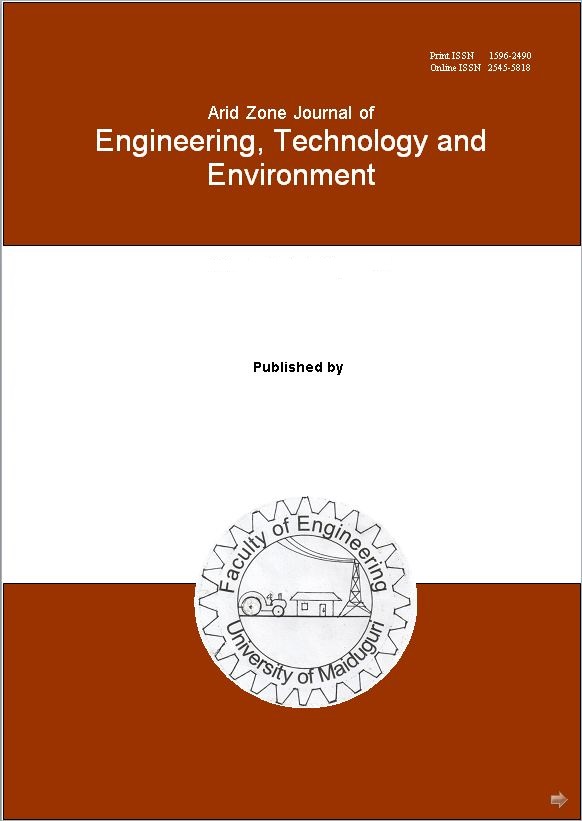Abstract
Continuous increase in ceramic ware waste from construction and demolition waste without good management practice has resulted in elevated volume of this waste category. However, utilization of this waste in masonry unit production could be a plausible option to solve this menace, particularly, in its ability to enhance masonry unit compressive strength. In this study, ceramic ware waste was utilized for hollow masonry unit production and three different natural fine aggregate to ceramic aggregate mix ratios of 100:0, 90:10, 80:20 and 70:30 were examined. Furthermore, the cement to total aggregate mix ratio considered was 1:7. Sequel to the process of aggregates mixing, casting, and subsequently demoulding, the masonry units were cured for 28 days prior to inspection for compressive test parameters. Results indicated that masonry unit with natural sand to ceramic waste mix ratio of 80:20 has the highest crushing strength at peak, yield and break point which were 60.903kN, 60.493kN and 53.863kN respectively. The compressive stress at peak and break were 6.57MPa and 6.50MPa in that order and Young’s modulus was 0.262GPa. Statistically, there were no significant differences at 95% confidence interval between the aggregate mix masonry units when the compressive strength indices were evaluated. Ceramics ware waste from demolition and construction waste is a suitable co-aggregate in hollow masonry unit production.
Copyright of the paper named above is hereby assigned and transferred to the Arid Zone Journal of Engineering, Technology and Environment published by University of Maiduguri, Nigeria.

